When comparing air filters, MERV 8 vs. MERV 13 is a common match-up. Each MERV rating has drawbacks and benefits. A MERV 8 filter may be sufficient for some households, while others would benefit from a MERV 13 filter.
Although air filter ratings may seem relatively unimportant, air filters impact your indoor air quality. According to the EPA, indoor air often contains 2 to 5 times more pollutants than outdoor air, which is quite concerning since the average American spends nearly all of their time indoors.
Since households vary in needs and concerns, homeowners must decide which MERV rating is needed. Understanding MERV ratings, the differences between rating values, and factors to consider when choosing a filter can guarantee good indoor air quality for you and your household.
What is a MERV rating?
The MERV (minimum efficiency reporting value) scale is used to rate air filters in terms of their effectiveness in trapping contaminants. The industry-standard scale ranges from 1 to 20. Filters rated at the lower end of the scale are less effective at trapping particles than filters rated at the higher end.
An air filter MERV rating indicates the filter’s ability to trap airborne particles between .3 and 10 microns. One micron is equal to .00003937 inches or .001 millimeters. These tiny particles are invisible to us as the human eye cannot perceive particles smaller than 40 to 50 microns.
Air filters rated between 8 and 13 are best suited for homes. Filters below 8 don’t trap enough particles to achieve good air quality; filters above 13 are not necessary and are not usually compatible with home HVAC systems.
MERV 8 Filter
MERV 8 is a medium-efficiency filter that’s commonly used in residences. Incidentally, it is the lowest-rated filter that should be used in a residence. Filters with ratings lower than MERV 8 are not efficient at trapping many of the particles that contaminate the air in a home.
MERV 8 filters are inexpensive, pleated filters. According to the EPA, MERV 8 filters can capture up to 70% of particles between 3 and 10 microns and up to 20% between 1 and 3 microns. These filters capture dust, mites, pollen, bacteria, hairspray, and pet dander.
MERV 8 filters are not efficient at capturing allergens, smoke, smog, or dander from several pets. Therefore, MERV 8 filters are not often suitable for people with allergies, asthma, and other health or breathing issues.
MERV 13 Air Filters
MERV 13 is the highest-rated filter that should be used in a residence. Filters with higher ratings are intended for healthcare and laboratory environments with excellent air quality and HVAC systems that can handle highly efficient filters. Using a filter above MERV 13 in a home is unnecessary and can restrict airflow and damage the HVAC system.
According to the EPA, MERV 13 filters can capture up to 90% of particles between 3 and 10 microns, up to 85% between 1 and 3 microns, and up to 50% between .3 and 1 microns. These filters can capture many particles that lower-rated filters cannot, including viruses, tobacco smoke, and microscopic allergens. Therefore, MERV 13 air filters are ideal for houses with newborn babies and people with allergies, asthma, COPD, lung disease, or other health issues.
Unfortunately, there are some drawbacks to high-grade filters. High-grade filters are costlier than low-grade filters. Filters that provide high filtration also restrict airflow within the HVAC system. Consult a professional to ensure your chosen air filter is compatible with your system. An incompatible filter can damage the compressor, crack the heat exchanger, or cause carbon monoxide to build up in the home.
Merv 8 vs. Merv 13: How to choose an air filter with the right MERV rating?
There are many factors to consider when choosing an air filter. Each household has different needs and concerns. A higher rating is not always a better choice. Determine what you want to filter out of your indoor air, and consider the health concerns of people who live in the house.
MERV 8 filters are good pleated filters. They work significantly better than cheap fiberglass filters but are still economical. MERV 8 filters are sufficient for most homes. These filters are capable of trapping particles that exist in the average home, such as dust, pollen, and hairspray. MERV 8 filters allow good airflow and are not taxing on residential HVAC systems.
MERV 13 filters are excellent. They catch many particles that MERV 8 filters cannot, such as smoke, smog, and viruses. Homeowners who smoke, live in areas with air pollution or have health issues can benefit from using a higher-rated filter. Still, MERV 13 filters are more costly and may be too restrictive for some HVAC systems.
MERV 8 |
MERV 13 |
|
|
POLLEN |
|
|
|
DUST / LINT |
|
|
|
DUST MITES |
|
|
|
DEBRIS |
|
|
|
MOLD SPORES |
|
|
|
PET DANDER |
|
|
|
SMOKE |
|
|
|
SMOG |
|
|
|
WILFIRE SMOKE |
|
|
|
ALLERGENS |
|
|
|
BACTERIA |
|
|
|
VIRUSES |
|
Regardless of the filter’s MERV rating, your air filter should be changed regularly. How often to change an air filter depends on different factors. However, it is recommended that filters be changed at least every three months to avoid restricted airflow.
You might consider upgrading to a MERV 13 filter if these factors apply to you, the people in your household, or your environment:
- Allergies
- Indoor pets
- Smog and construction
- Wildfire smoke
- Smokers in the home
- COVID concerns
Allergies
While MERV 8 filters can capture pollen, MERV 13 filters can capture other microscopic allergens that may reduce symptoms in allergy sufferers.
Indoor Pets
MERV 8 filters may be sufficient at trapping fur and dander from one pet, but MERV 13 filters are better for households with multiple pets. MERV 13 filters are also better for people with pet allergies who may be triggered by fur, dander, and even the saliva that remains on shedding hair after animals clean themselves.
Smog and Construction
MERV 13 filters will provide better indoor air quality if you live somewhere with a lot of air pollution. Homeowners residing near factories, construction zones, cities, and heavily trafficked roadways should consider a high-quality filter.
Wildfire Smoke
Those living in areas prone to wildfires, like the Western U.S., may benefit from MERV 13 filters that can filter out smoke.
Smokers in the Home
Filters must have a rating of at least 13 to filter out tobacco smoke. A MERV 13 filter can capture many harmful contaminants in cigarette smoke to provide more breathable air to nonsmokers in the home.
Covid Concerns
Although MERV 8 filters can trap bacteria, they don’t trap viruses. MERV 13 filters can capture airborne viruses, such as COVID-19, from coughs and sneezes. This level of filtration is a desirable quality amid a global pandemic.
Conclusion
MERV 8 filters are the most common filters used in homes because they are affordable, unrestrictive to airflow, and can trap contaminants commonly found in homes. MERV 13 filters can trap more contaminants than MERV 8 filters, but they are more costly and can restrict airflow to the point that they are incompatible with some HVAC systems.
When choosing between MERV 8 and MERV 13 filters, you must consider what you want to be filtered out of your air and why. If there are no pets, people with health concerns in the household, or excessive outdoor pollution, MERV 8 is probably sufficient. If you require better filtration and your air conditioning system can handle it, MERV 13 may be a better option.


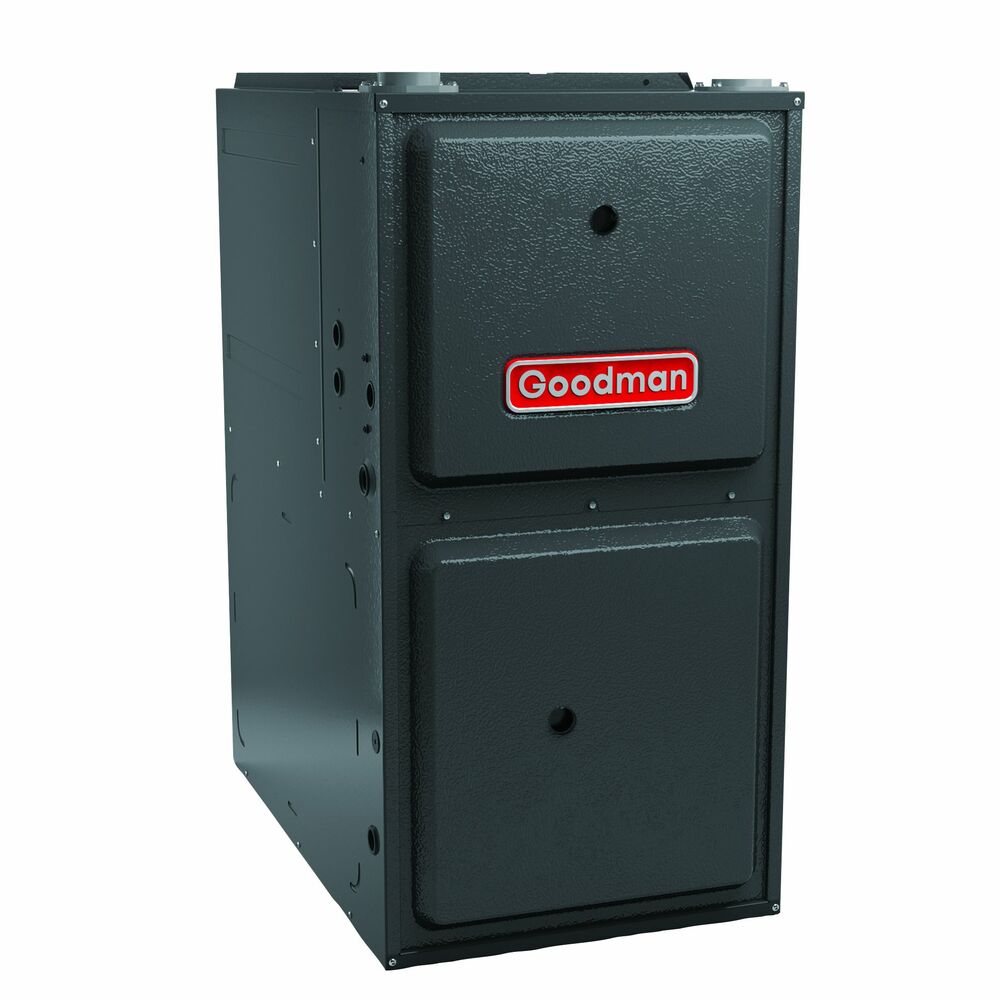
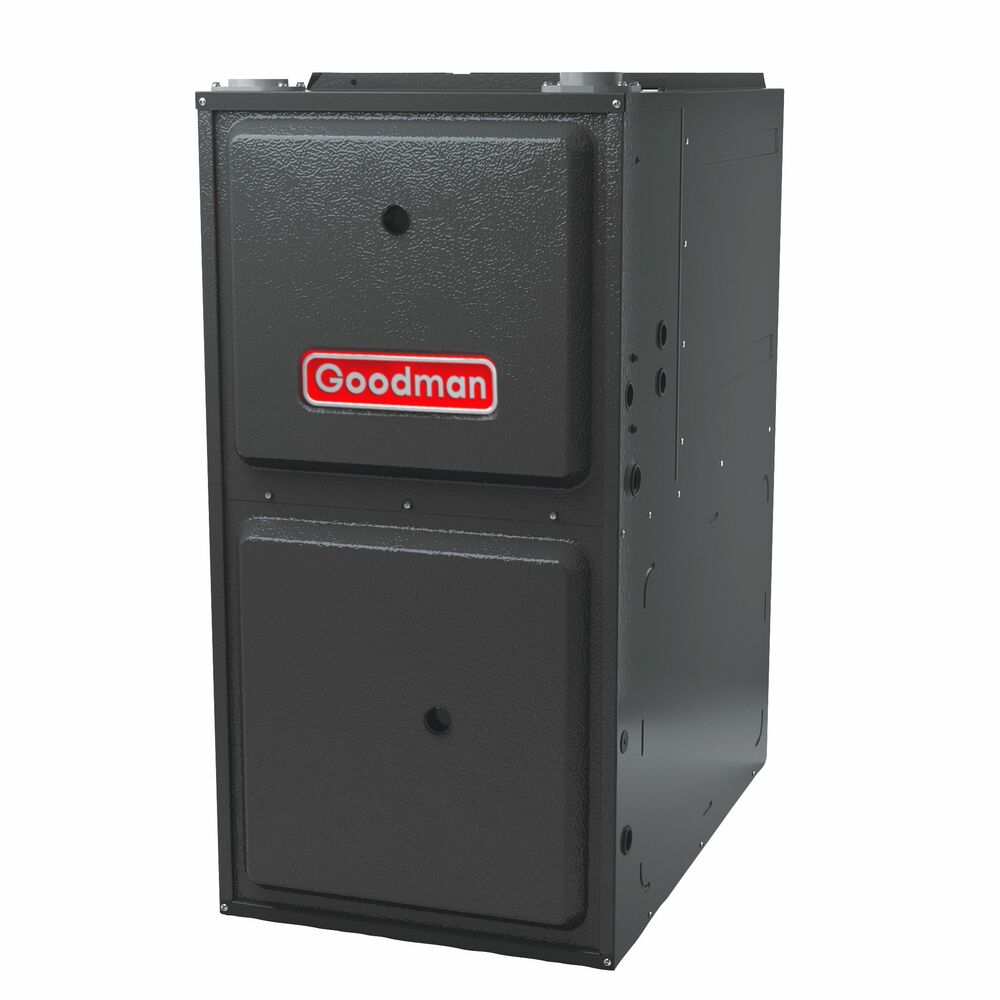
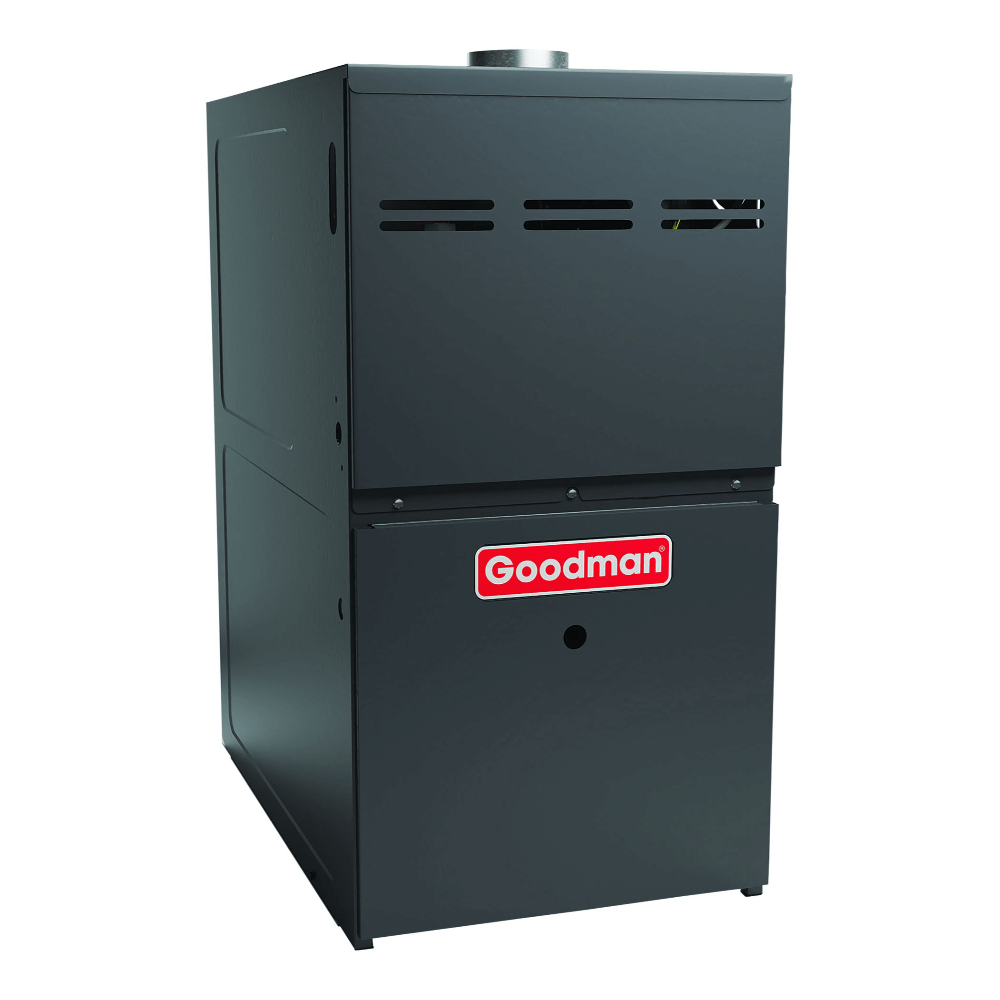
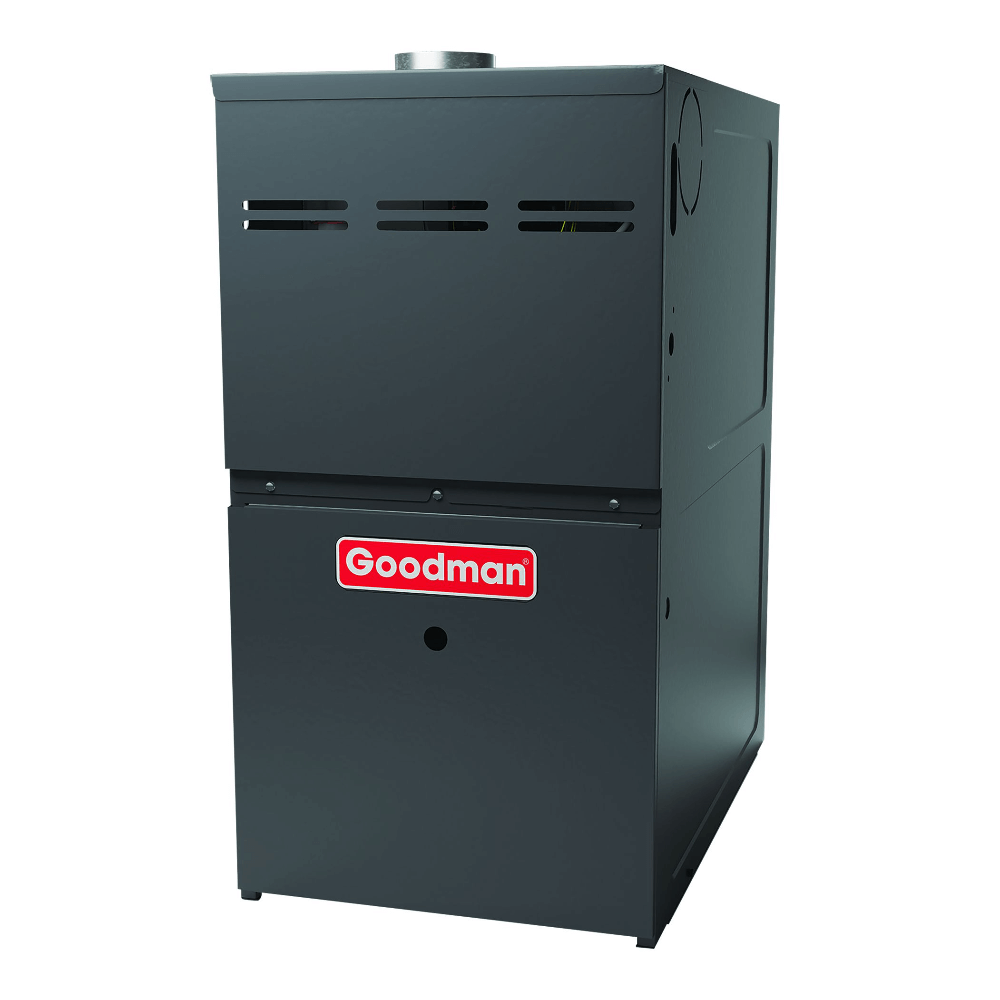
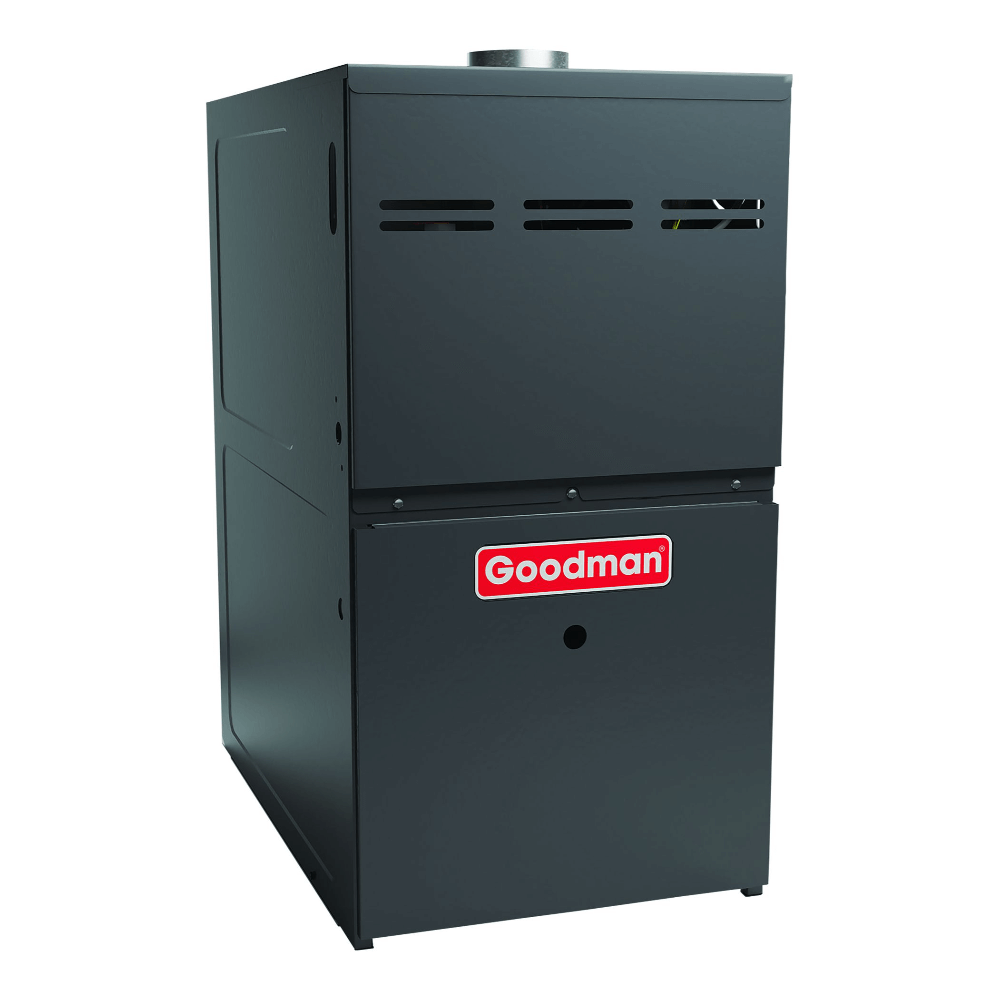
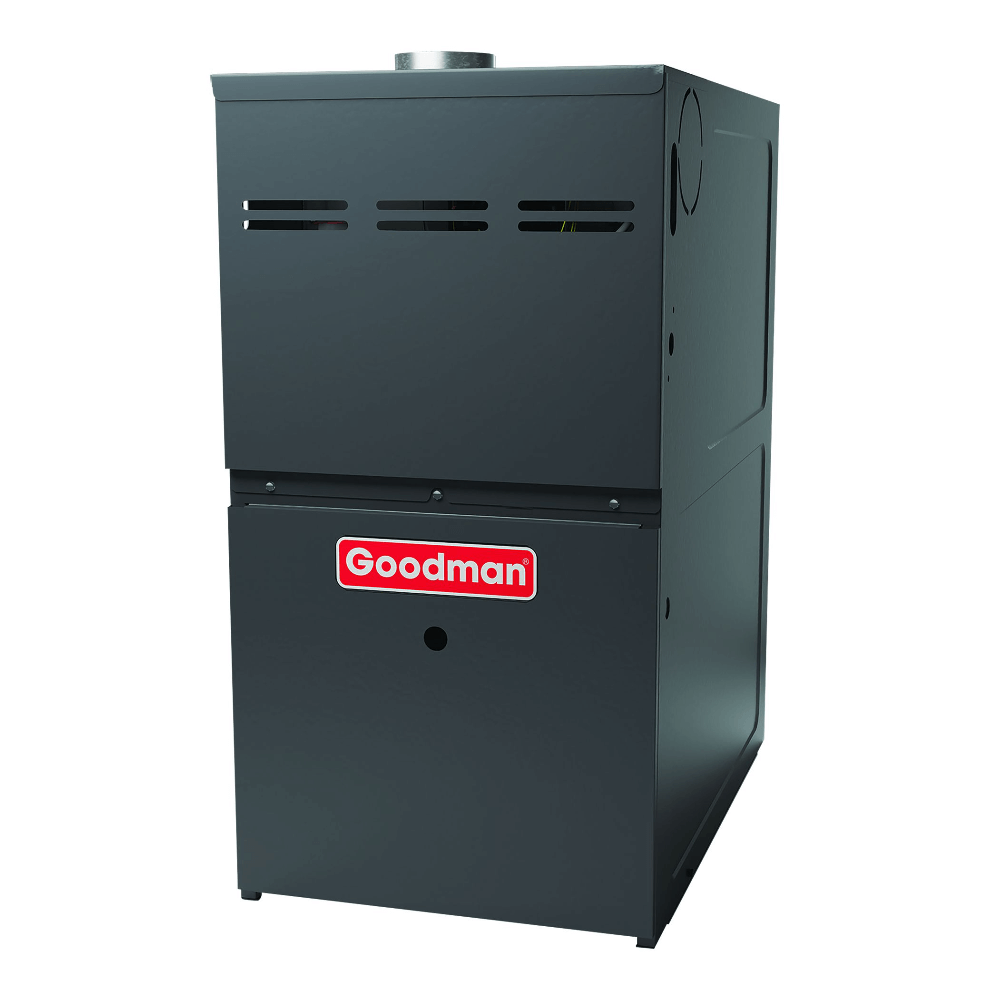
2 comments
Des
How can you tell if your system can handle a MERV 13?
Laura
Thank you so much for this article about MERV, it answered my questions about which filter is my best bet for my home.